Tokyo Detention House Prison Festival 東京拘置所矯正展 葛飾区 東京
The Tokyo Detention House (Tōkyō Kōchisho) in Katsushika Ward in northeast Tokyo is the most high-profile prison in the metropolis. It houses the most notorious Japanese offenders and is one of the seven Japanese prisons in which executions take place. In early 2019, it was also the place where ex-Nissan CEO Carlos Ghosn was under investigation for “alleged financial irregularities”.
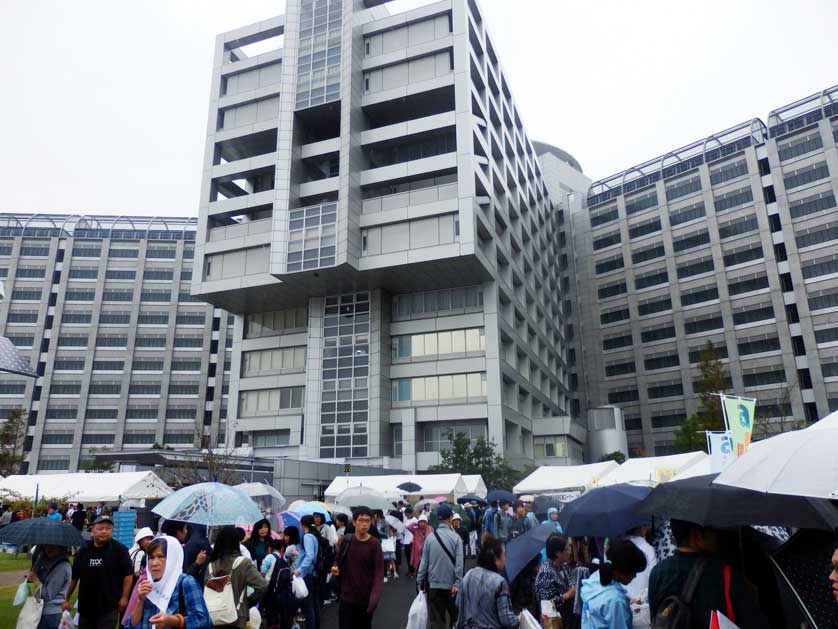
Shoko Asahara, the leader of the Aum Shinrikyo cult and judged responsible for the 1995 sarin poison gas attacks on the Tokyo subway was a long-term inmate at the Detention House before he was hanged in its execution chamber in July 2018.
The Detention House is a massive, fortress-like complex that can be spotted from far away. Riders on the elevated Tobu Skytree Line get an especially impressive view once the train starts to cross the Arakawa River.
Arriving in the closer vicinity of the prison, you will notice that the metal fences surrounding it are no different from those encircling suburban schoolyards. There is no wall surrounding the prison yard, there is no razor-ribbon wire.
The prison complex itself, however, looks even more forbidding when viewed from close up. The life of the prisoners takes place inside that building complex exclusively. Before the day of their release, they have no chance to step onto even the lawns surrounding it.
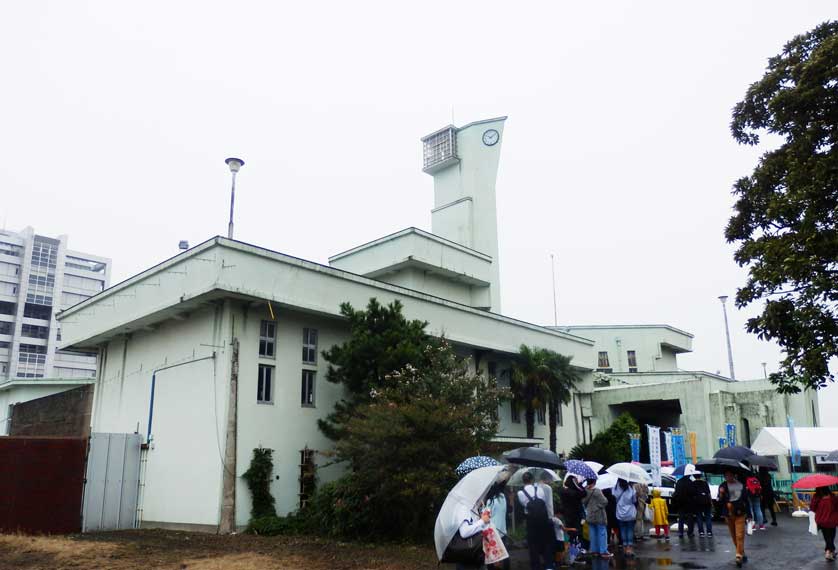
History of the Tokyo Detention House
The geographical origins of the Tokyo Detention House date back to the Meiji era (1868-1912) when a small local prison, the Kosuge Prison, was erected on the grounds of the current facility.
The institutional history of the facility however continues the legacy of Sugamo Prison. During the first half of the 20th century, Sugamo Prison in Ikebukuro was the most notorious of Tokyo’s prisons. It held many political prisoners prior to and during World War II. Communist spy Richard Sorge was held and executed there.
After the end of the war, the American occupation forces took over Sugamo Prison and incarcerated/executed the most notorious Japanese war criminals there.
In 1971, Sugamo Prison was closed and moved to a newly built prison complex in Katsushika Ward, replacing the old Kosuge Prison.
That new prison, taking over all functions of the old Sugamo Prison, became today’s Tokyo Detention House.
Old Sugamo Prison was completely razed. On its grounds, the Sunshine City 60 skyscraper was erected, for many years East Asia’s tallest building and still the most famous landmark of Ikebukuro.
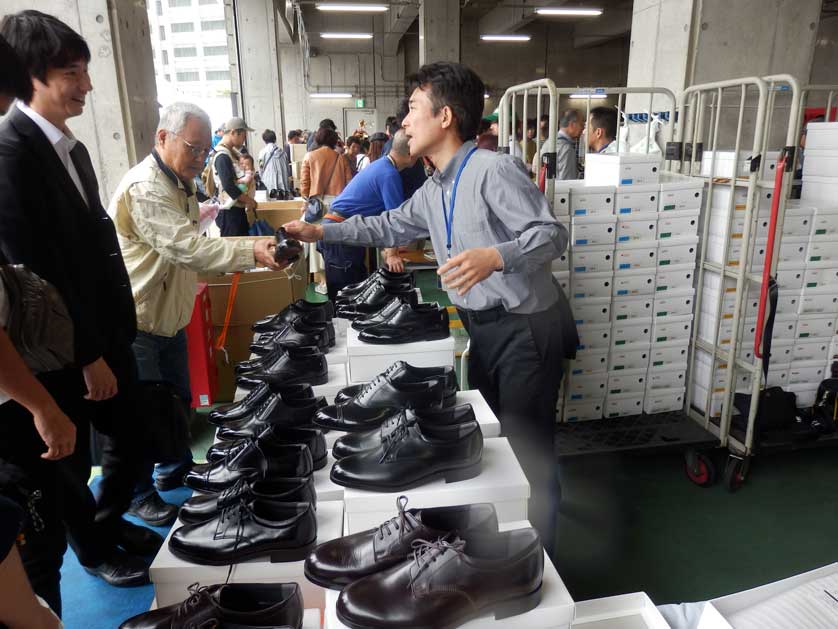
Tokyo Detention House Festival
In late September, the Tokyo Detention House celebrates its own public prison festival. The actual translation of the Japanese name of the festival is “Tokyo Detention House Correctional Exhibition”.
Neither “prison festival” nor “correctional exhibition” are correct terms however in describing the festival.
Though the festival takes place on the prison grounds, usually inaccessible to the general public, no access to the actual prison complex is provided. The prison complex simply serves as an impressive backdrop to the festivities.
There are no desks providing information about life behind those glass doors leading into the building either. Nondescript glass doors like those of any other office building. Just that here, people spend their lives behind them.
Thus, the prison itself remains an enigma during the festivities – which are, most likely, invisible to most of the prisoners as well.
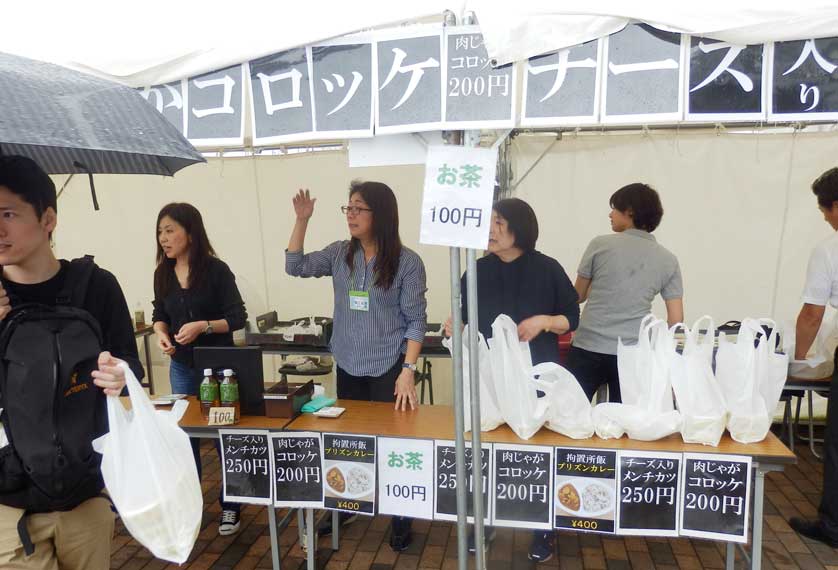
The Festivities
After a cursory bag check, you enter the usually forbidden grounds outside the prison. You can walk through the big pedestrian entrance gate with its official sign spelling out “Tokyo Detention House” in Japanese (東京拘置所). Long lines of people form to have their picture taken with that sign.
Walk on and you will see some remains of the historic Kosuge Prison with its landmark guard tower which at the same time served also as a clock tower. Today, the clock is frozen at its 10 o’clock 10-minute position.
Many sales stalls are erected in front of the prison fortress. Most prominent are those of Capic, the company specializing in the sale of Japanese prison-made products.
Highlighting the names of the various prisons the respective products were manufactured in, those stalls sell prison-made shoes, prison-made bags, prison-made jewelry, and a whole range of other products. Hakodate Prison in Hokkaido offers prison farm-grown potatoes.
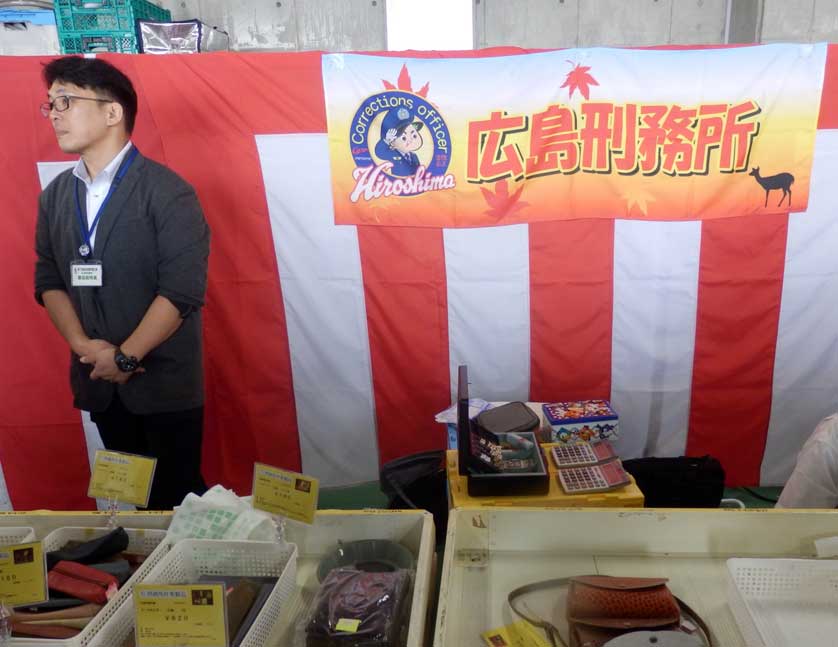
The hottest item on sale at the festival however is Prison Curry. Long lines form to pick up the humble dish retailing for 400 yen. Tables and benches are provided to consume it.
The Prison Curry, the Prison Korokke (a sort of Japanese croquettes), and the Prison Pan (Prison Bread) on offer were not prepared in any prison. They do resemble however the food actual prisoners eat on a daily basis.
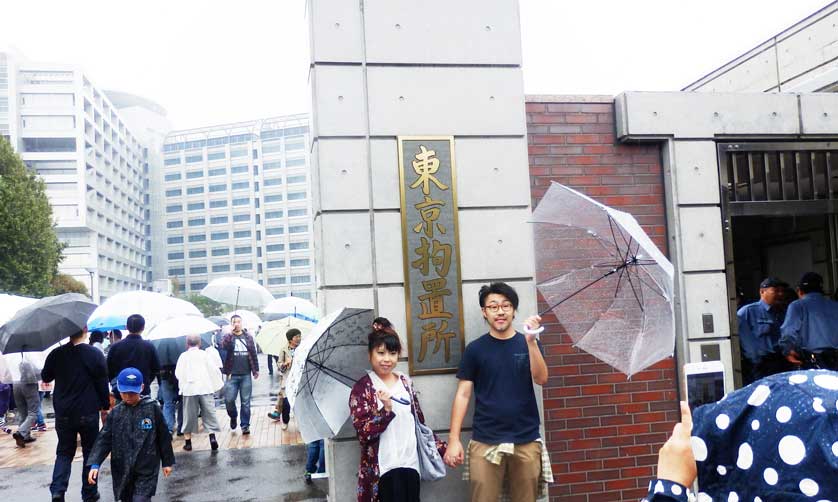
The crowds at the festival are huge, even if the festival falls on a rainy day. Huge enough for automotive manufacturers to display their newest models (because, one has to assume, here the whole family gets a chance at examining them) and for the Japanese Self Defense Forces, the Tokyo Fire Department, and the Tokyo Metropolitan Police Department to make attempts at recruiting.
What’s the draw to the festival? Sometimes, rather famous Japanese pop bands appear on stage for free. But that’s rare, most of the acts on stage are rather run-of-the-mill local taiko drummers and the like.
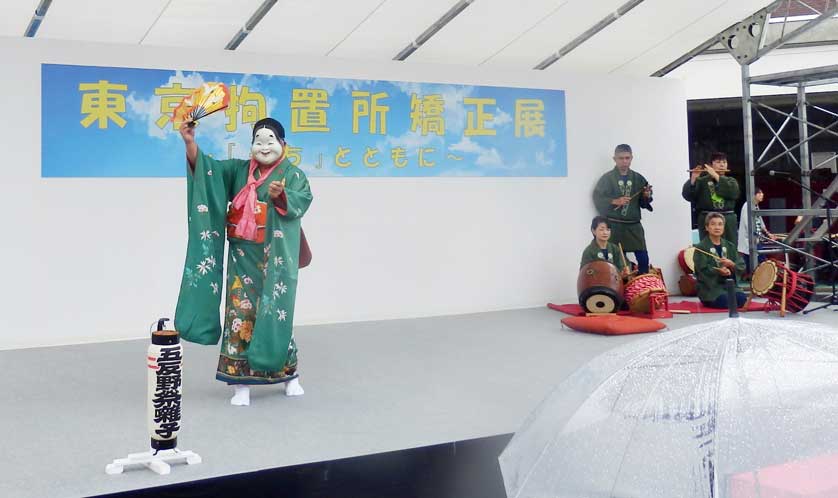
So, what’s the real draw? Most likely, it’s the play with the notorious. With crime and punishment represented by the impressive prison building – which at the same time serves as a perfectly safe backdrop to an enjoyable weekend family outing.
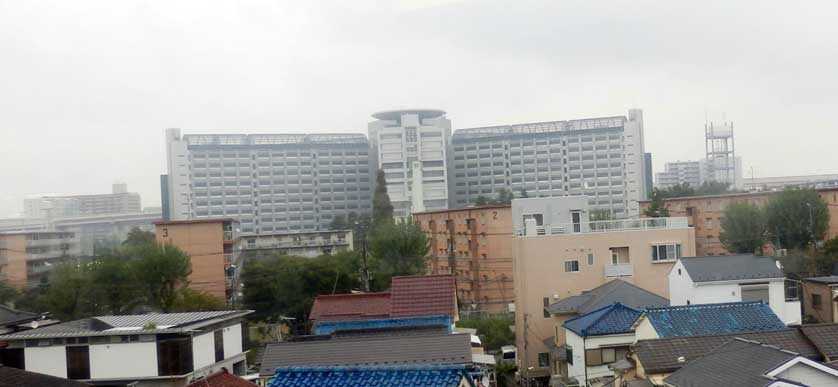
Access to the Tokyo Detention House
Go to Kita Senju Station in Kita Senju via the JR Joban Line or the Tokyo Metro Chiyoda Line or Hibiya Line. The Tsukuba Express also stops at Kita Senju Station.
Change in Kita Senju to the Tobu Skytree Line towards Tobu Dobutsu Koen station. Get off at Kosuge Station (only one station from Kita Senju).
From Kosuge Station, the Tokyo Detention House is only a 5 minute walk.
Time of festival: on a weekend day in late September
Opening times: 9.30 am to 3 pm
Admission to the festival is free.
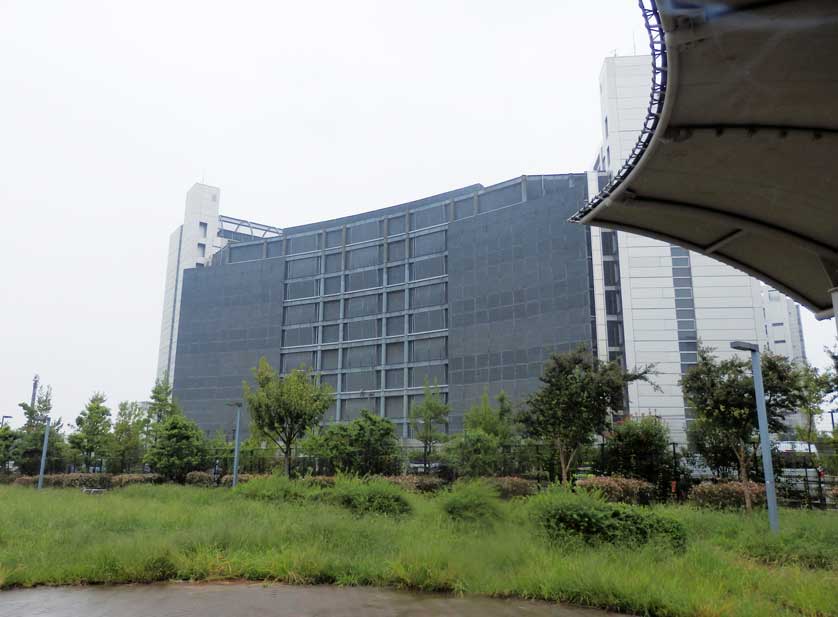
The Ministry of Justice (MOJ) announces all Japanese prison festivals aka “correctional exhibitions” on its website in Japanese www.moj.go.jp
Scroll down to the section on the bottom titled その他 お知らせ (other information).
Click the link to 東京拘置所矯正展 and you will find all relevant information including a PDF of the festival’s flyer.
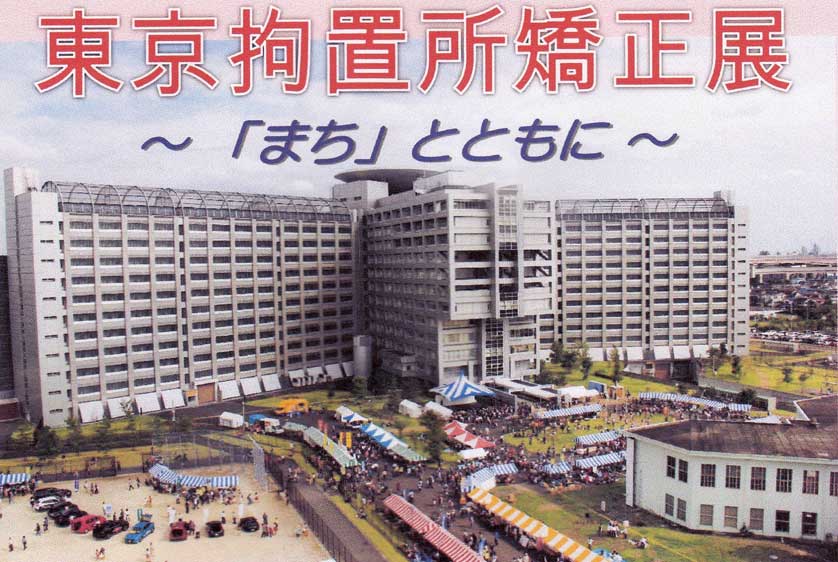
Johannes Schonherr
Related Articles
Accommodation in Tokyo
Hotels in Tokyo – Booking.com
Hotels in Japan – Booking.com
Luxury Hotels in Tokyo – Booking.com
Budget Hotels in Tokyo – Booking.com
Hotels in Kamakura – Booking.com